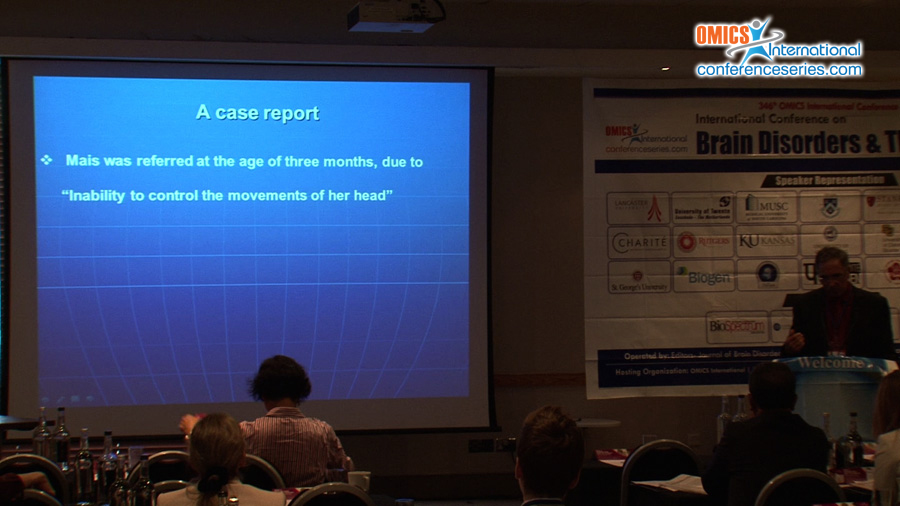Nasser Nadim
Clalit Health Organization Services, Israel
Title: A different perspective to white matter disorders leads to a new clinical approach for diagnosing leukodystrophies
Biography
Biography: Nasser Nadim
Abstract
There is a considerable impression that the clinical descriptions of diseases of the white matter still suffers from vagueness and lacks organization, thus leaving the diagnosis of these disorders yet in a state of uncertainty. It is possible that the reason for opacity of these diseases is the widespread distribution of white matter through the body; from cerebrum till the nerve fibers endings in periphery; making the description of their injury symptoms and signs, despite being true, to be burdened by a list of scattered different details in a non-systematic manner, and lacking a pathognomonic sign, or a combination of signs, that could direct the clinician to diagnose a specific myelination disorder. Though, the distinction between central and peripheral nervous system disorders has been well established, by the finding of hyperreflexia in the former and areflexia in the later. The recently published; “MAIS-NADIM NASSER triadâ€, or (MNN triad), is a simple, but solid marker, based upon injury to three brain organs; first, the white matter in the brain’s sub-cortical sites, second the brainstem, and third are the optic nerves and tracts. It is assumed that a mutational myelination disorder of the central nervous system usually hits all the above mentioned three sites at the same time, or sometimes sequentially, sometimes after long periods between one and the other; thus causing the appearance of three major signs in the same order of the injuries occurrence. Based on the above information one can conclude that clinicians should follow up patients who suffer from one single sign; truncal hypotonia, for example, or sensorineural deafness, or nystagmus, and wait for the appearance of the two other signs of the MNN triad, so LD diagnosis at hand.
Speaker Presentations
Speaker PDFs
Speaker PPTs Click Here





